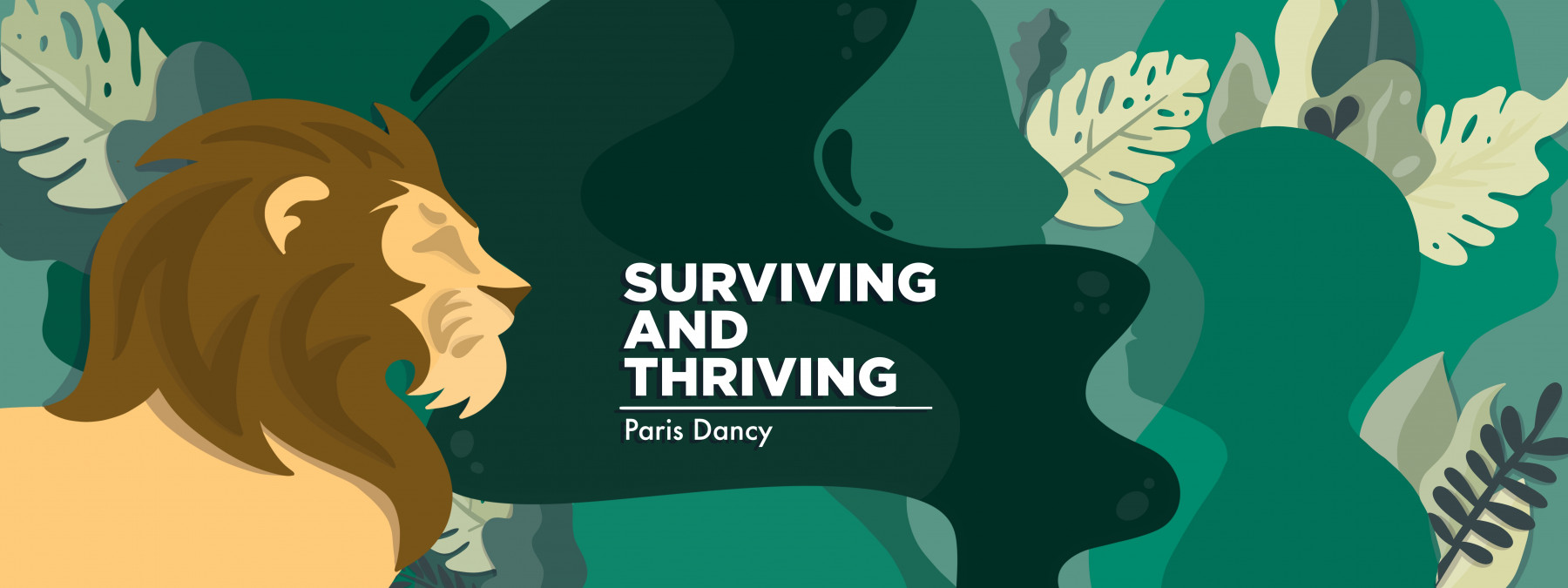Looking Back at My Journey to Recover From Cushing’s Disease

Last February, my wife and I were out walking our dogs. On the way back I stepped on some uneven concrete and severely injured my ankle and foot. For the next two weeks, I had a noticeable limp and decided I should probably get some X-rays, just in case. As it turns out, I had sprained my ankle, foot, and some ligaments. When I was discharged, I was handed some paperwork to follow up with my care.
In the past, I usually didn’t read that type of information, so I tossed the paperwork aside. A week or so later, I was helping my wife pack up our place to prepare for a move. I came across all of my medical records from past trips to the doctor and the hospital, and it reminded me of my efforts to recover from Cushing’s disease and other diagnoses.
As I looked at all of the paperwork, I was shocked by the long list of problems I had to deal with in such a short period of time. Along with a pituitary tumor and Cushing’s disease, I had several secondary diagnoses, including hypertension, which can cause cardiac abnormalities, hypogonadism, which led to male infertility, severe sleep apnea due to extreme weight gain, joint weakness, which caused me to have joint pains, and a disorder of the hypothalamus, a part of the brain located near the pituitary gland. I also had equilibrium issues. The list goes on.
Needless to say, there was a time when I felt like a hot mess.
I mention all of this to point out that some might think I’d have to deal with these multiple diagnoses for the rest of my life. But the truth is that although I am still in the process of healing, due to several lifestyle changes I am no longer diagnosed with more than half of the things previously on my medical record.
In my experience, no amount of exercise or diet could have prevented these diagnoses, due to the failure of my pituitary gland to function properly. Along my journey to recover from Cushing’s disease and related diagnoses, I have learned that there is no magical pill that can be taken to rapidly decrease these symptoms. However, with treatment, discipline, and due diligence, I have experienced some amazing life-changing results.
For example, at one point, I was told it would be extremely hard for me to lose additional weight. Today, I am down 100 pounds.
In addition to weight gain, I experienced thinning hair and balding. It was a possibility that my hair wouldn’t grow back in those areas. Today, I have a healthy, full mane.
Why am I sharing all of this with you? Because when managing health issues, it’s important to sift through all of the information and be as well informed as possible. We can choose to research, educate ourselves, and put in the effort to increase our chances at a better quality of life. For me, the payoff has been worth it.
Note: Cushing’s Disease News is strictly a news and information website about the disease. It does not provide medical advice, diagnosis, or treatment. This content is not intended to be a substitute for professional medical advice, diagnosis, or treatment. Always seek the advice of your physician or other qualified health provider with any questions you may have regarding a medical condition. Never disregard professional medical advice or delay in seeking it because of something you have read on this website. The opinions expressed in this column are not those of Cushing’s Disease News or its parent company, BioNews, and are intended to spark discussion about issues pertaining to Cushing’s.








Comments